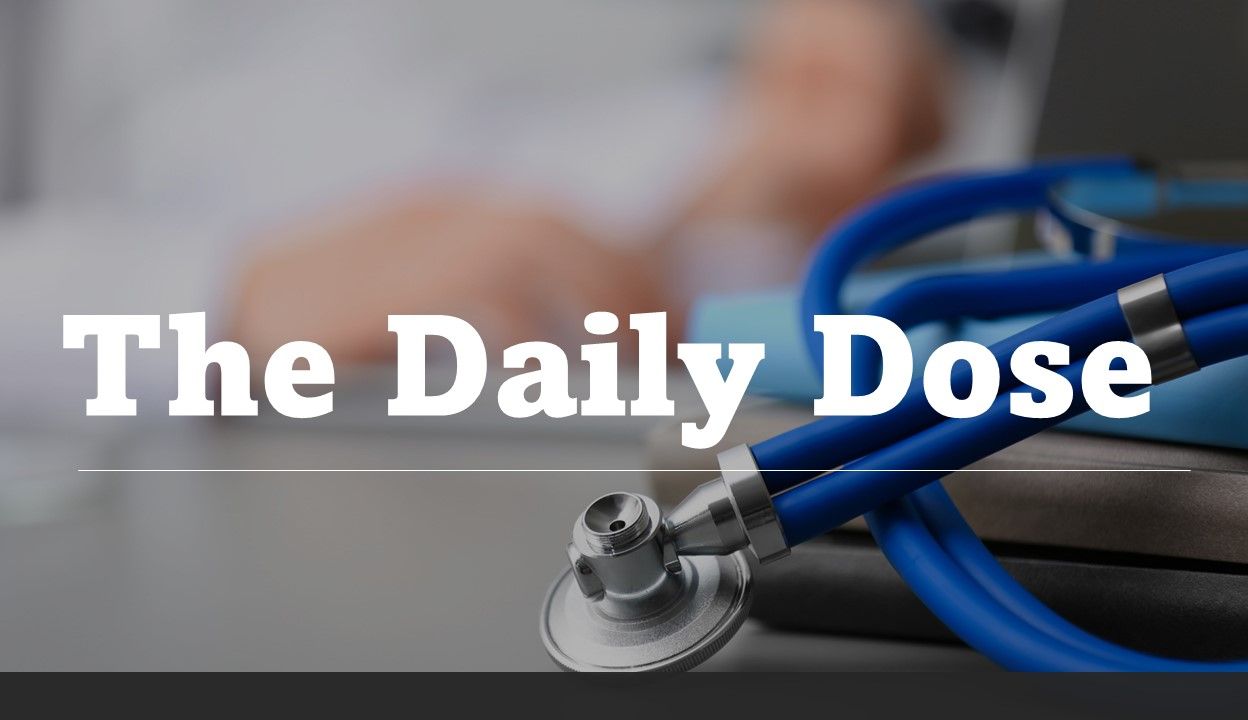Daily Dose: Novel “Triagonist” Resolves Steatosis in Patients with MASLD and Obesity
©New Africa/AdobeStock

Patient Care brings primary care clinicians a lot of medical news every day—it’s easy to miss an important study. The Daily Dose provides a concise summary of one of the website's leading stories you may not have seen.
Last week, we reported on findings from a study abstract presented at the American Association for the Study of Liver Diseases’ annual scientific conference, The Liver Meeting 2023.
The study
Researchers conducted a substudy of a phase 2 clinical trial to investigate the effects of the novel triple hormone receptor agonist retatrutide on liver fat (LF) and its correlations with metabolic measures in persons with metabolic dysfunction-associated steatotic liver disease (MASLD).
In the phase 2 trial, a total of 338 adults aged 18-75 years with a body mass index (BMI) of ≥27 kg/m2 or ≥30 kg/m2 and ≥ 1 weight related condition (type 2 diabetes excluded) were randomly assigned in a 2:1:1:1:1:2:2 ratio to receive subcutaneous retatrutide 1 mg, 4 mg, 8 mg, or 12 mg or placebo once weekly for 48 weeks. Participants with ≥10% LF were included in the MASLD substudy.
The primary outcome was relative LF change from baseline (CFB) at 24 weeks.
Of the 338 participants enrolled in the original phase 2 trial, 98 (46.9% women) participated in the current substudy.
Findings
Results showed that mean LF at baseline ranged from 15.6% to 21.0% across treatment groups.
At 24 weeks, the mean relative LF CFB was 42.9% among participants who received retatrutide 1 mg, 57.0% among those in the 4 mg group, 81.4% in the 8 mg group, -82.4% in the 12 mg group, and +0.3% in the placebo group. The mean relative LF CFB at 48 weeks was 51.3% (1 mg), 59.0% (4 mg), 81.7% (8 mg), 86.0% (12 mg), and 4.6% (placebo) (all P<.001 vs placebo).
Authors' comment
“In subjects with MASLD, RETA 8 and 12 mg resolved steatosis in >85% of subjects. Near-maximal LF reductions were achieved at ~20% reductions in BW. LF reductions were linearly related with metabolic measures associated with improved insulin sensitivity and lipid metabolism."
Newsletter
Enhance your clinical practice with the Patient Care newsletter, offering the latest evidence-based guidelines, diagnostic insights, and treatment strategies for primary care physicians.